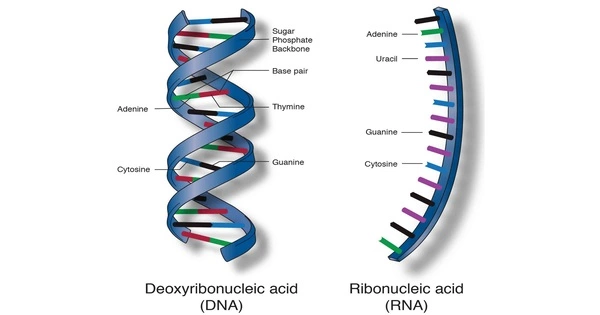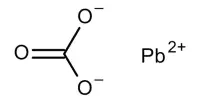A nucleic acid sequence is a series of bases inside nucleotides that create alleles within a DNA (GACU) or RNA molecule. Nucleic acids are biological macromolecules that are critical for the storage and transmission of genetic information in living organisms. Nucleic acids are classified into two types: deoxyribonucleic acid (DNA) and ribonucleic acid (RNA). These molecules are made up of nucleotide sequences.
This sequence is denoted by a series of five different letters that indicate the order of the nucleotides. Sequences are typically displayed from the 5′ end to the 3′ end. For DNA, with its double helix, there are two alternative directions for the notated sequence; the sense strand is employed. Because nucleic acids are generally linear (unbranched) polymers, identifying the sequence is similar to defining the covalent structure of the entire molecule. As a result, the nucleic acid sequence is referred to as the fundamental structure.
Here’s a brief overview of nucleic acid sequences:
DNA (Deoxyribonucleic Acid):
- DNA is a double-stranded molecule found in the cell nucleus and mitochondria of eukaryotic cells, as well as in the cytoplasm of prokaryotic cells.
- It consists of four different nucleotide bases: adenine (A), thymine (T), cytosine (C), and guanine (G).
- These bases pair up in a complementary fashion: A pairs with T, and C pairs with G.
- The sequence of these base pairs along the DNA molecule forms the genetic code, which carries the instructions for the development, functioning, growth, and reproduction of all known living organisms.
- DNA sequences are often represented as strings of letters, where each letter corresponds to one of the four nucleotide bases (A, T, C, G). For example, a short DNA sequence might look like this: ATCGATCAGT.
RNA (Ribonucleic Acid):
- RNA is typically single-stranded and serves as a messenger molecule, carrying genetic information from DNA to the ribosomes, where proteins are synthesized.
- Like DNA, RNA also consists of four nucleotide bases, but uracil (U) replaces thymine (T). So, the four bases in RNA are adenine (A), uracil (U), cytosine (C), and guanine (G).
- RNA sequences can vary widely and play diverse roles in gene expression, regulation, and protein synthesis. There are various types of RNA, including messenger RNA (mRNA), transfer RNA (tRNA), and ribosomal RNA (rRNA), each with its own specific function.
- RNA sequences are also represented as strings of letters, with the same base pairing rules as in DNA.
The sequence is a representation of biological information. Biological deoxyribonucleic acid is the information that directs an organism’s operations. Nucleic acids have secondary and tertiary structures as well. Primary structure is also known as “primary sequence” by mistake. There is no equivalent concept of secondary or tertiary sequencing.
Scientists can learn about an organism’s genetic code and how genes are structured and operate by sequencing its nucleic acid. To determine and evaluate nucleic acid sequences, techniques such as DNA sequencing, RNA sequencing, and other molecular biology approaches are used. This knowledge is essential in domains such as genetics, genomics, biotechnology, and medical research.
















